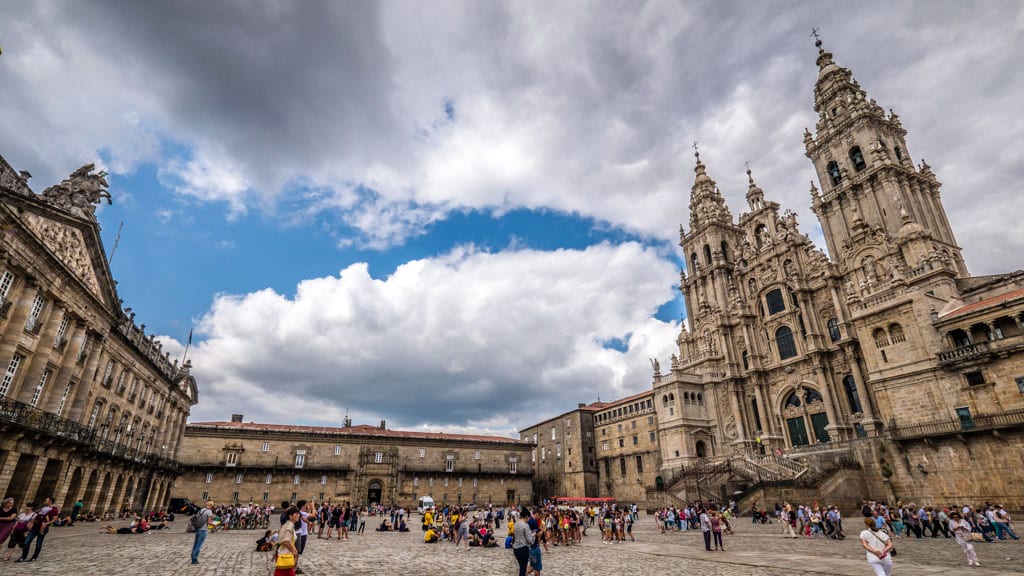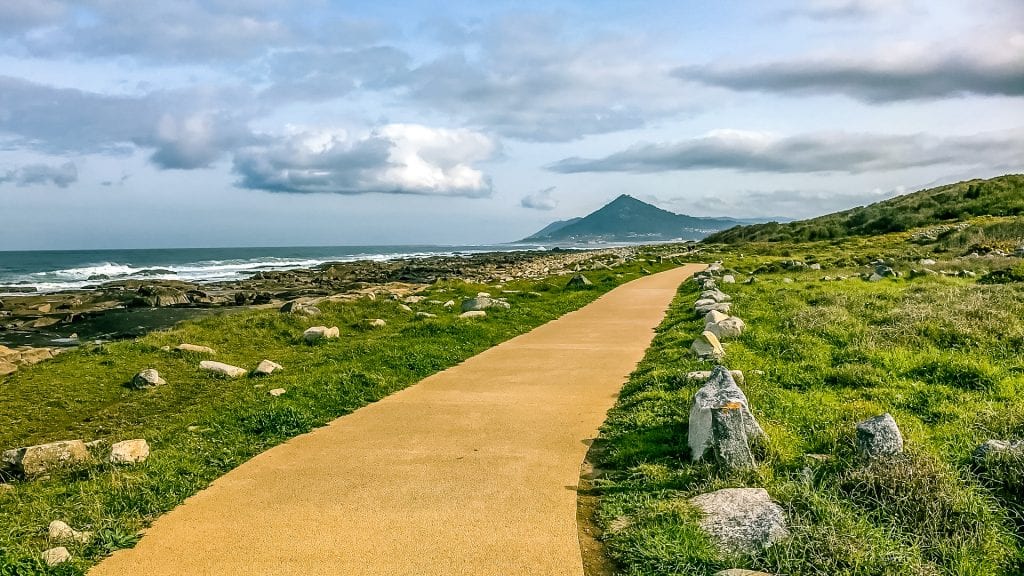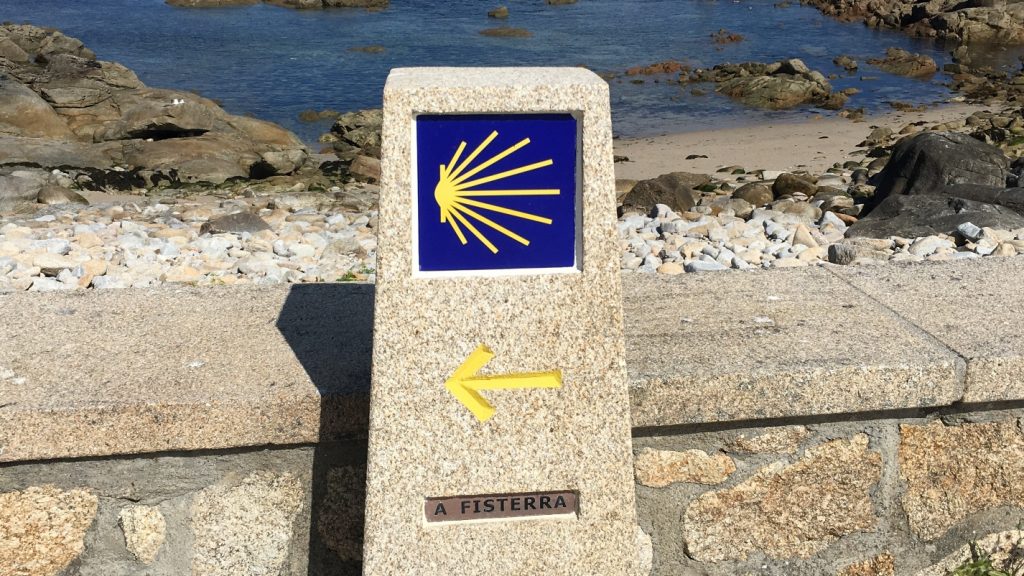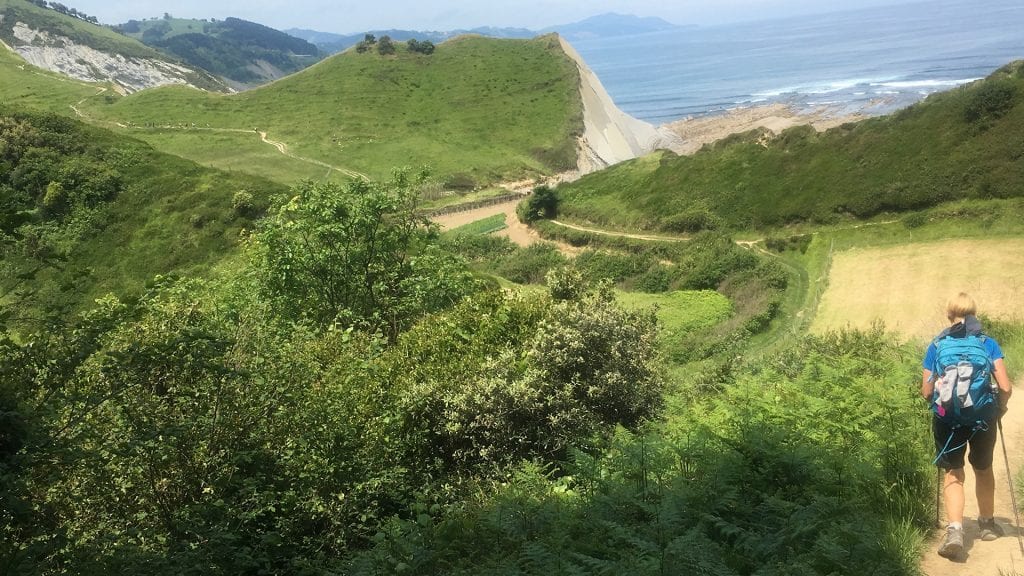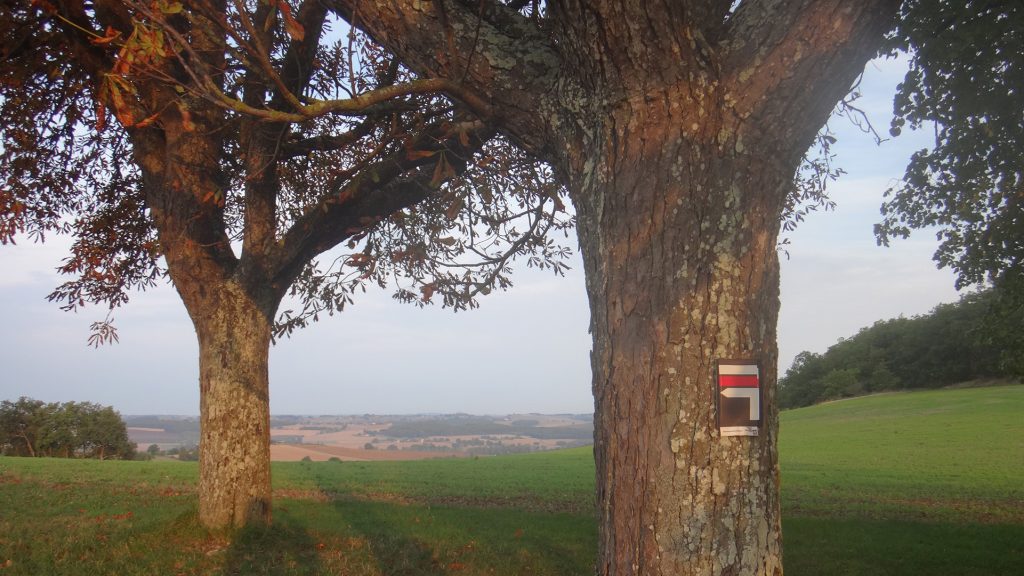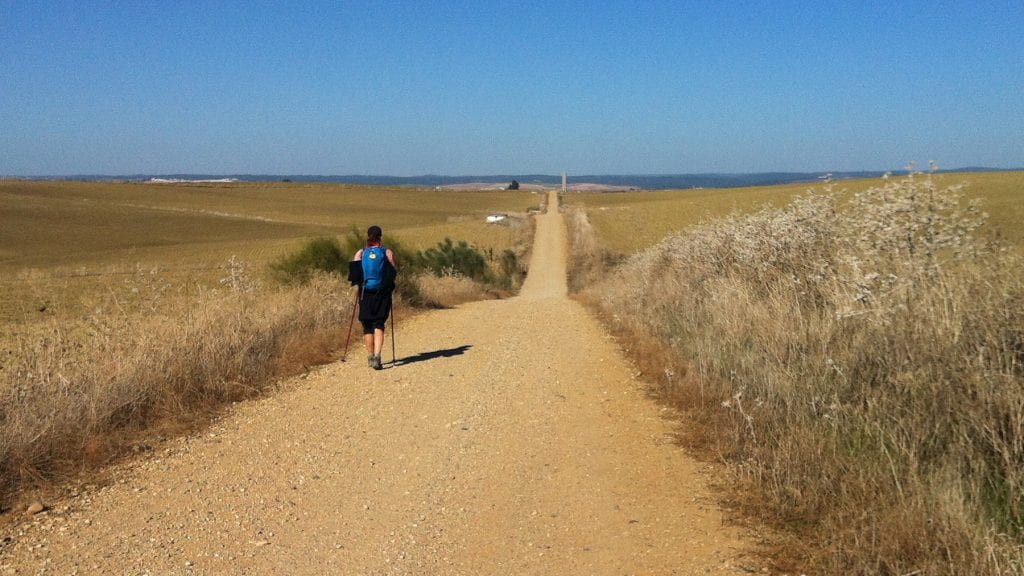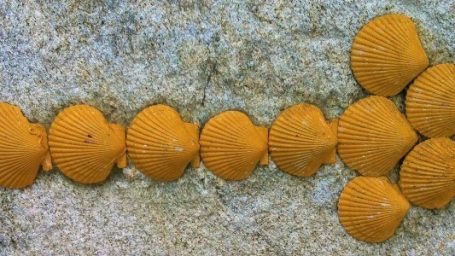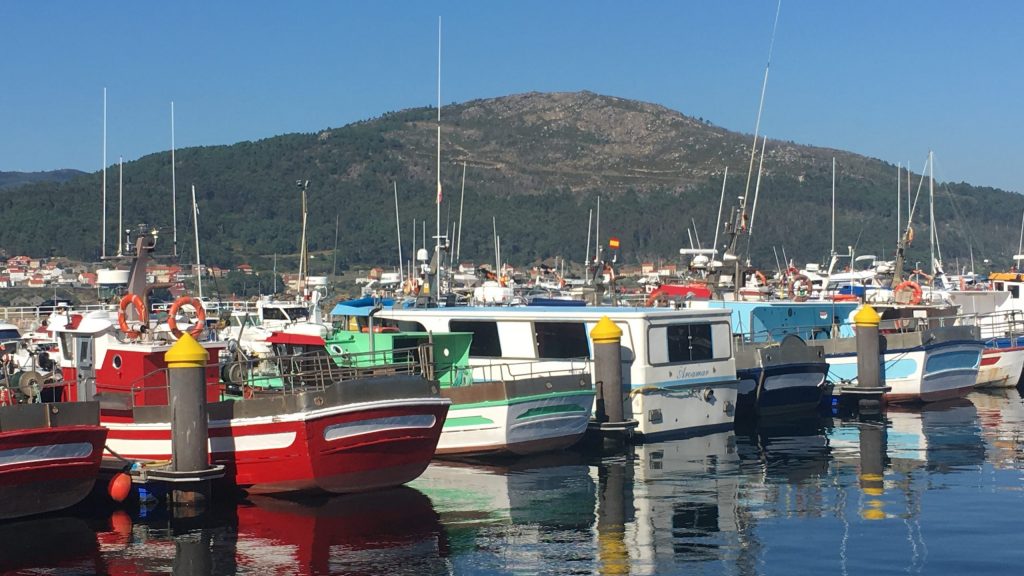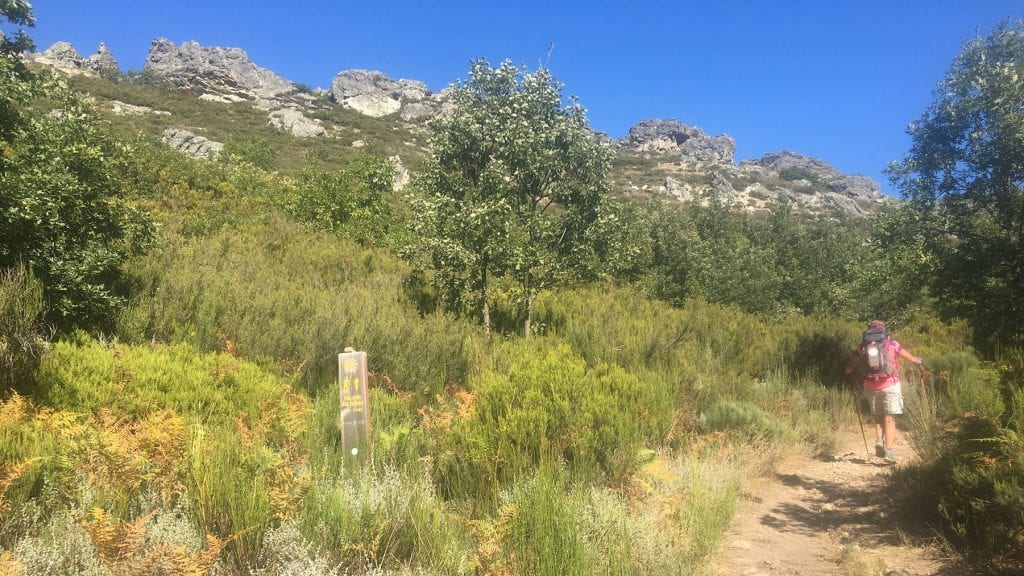What is the Camino de Santiago and why walk it?
The Camino de Santiago is one of the most famous walking journeys in the world. Pilgrims have been making their way to Santiago de Compostela, in Spain’s Galicia province, for over a thousand years to visit the resting place of Santiago (St James).
As one of Jesus’s disciples, St James travelled to Iberia, to the province now known as Galicia, in an attempt to convert local pagans to Christianity. His efforts were successful; however, on returning to Jerusalem he was beheaded by King Herrod and became the first of Jesus’s disciples to be martyred. He was to be returned to Galicia by sea but the ship carrying the body was struck by a storm. It was completely destroyed, but the body of St James is said to have washed ashore undamaged and covered in scallop shells, which have since become a symbol of the pilgrim.

